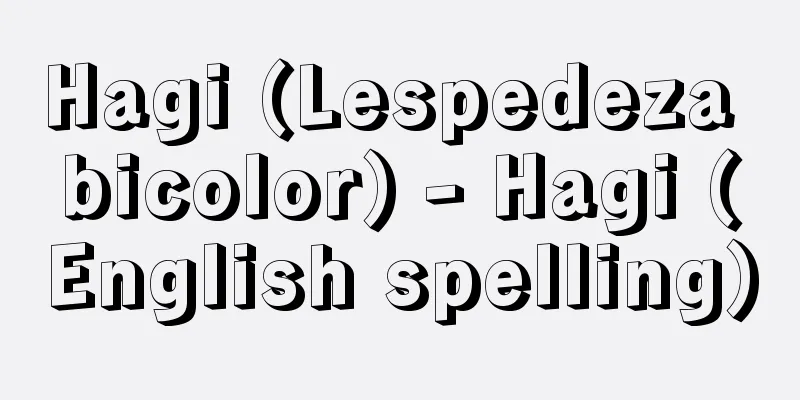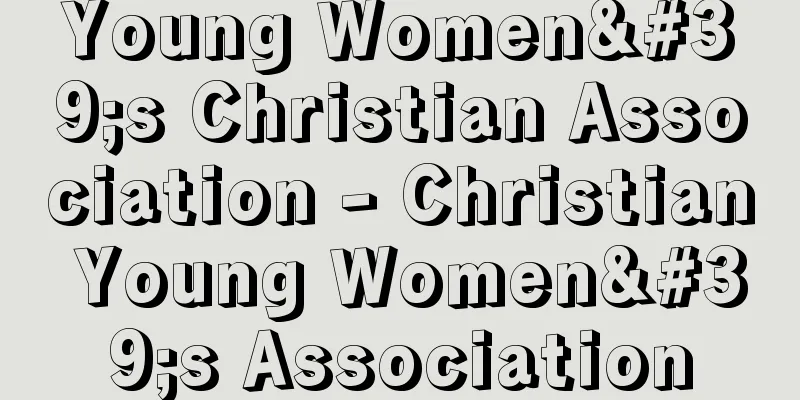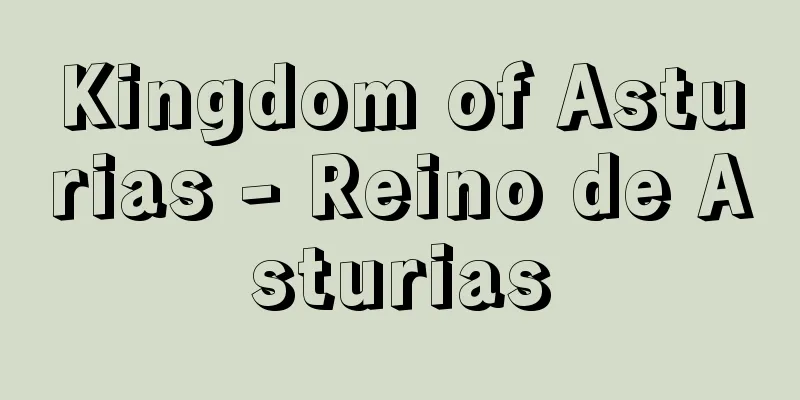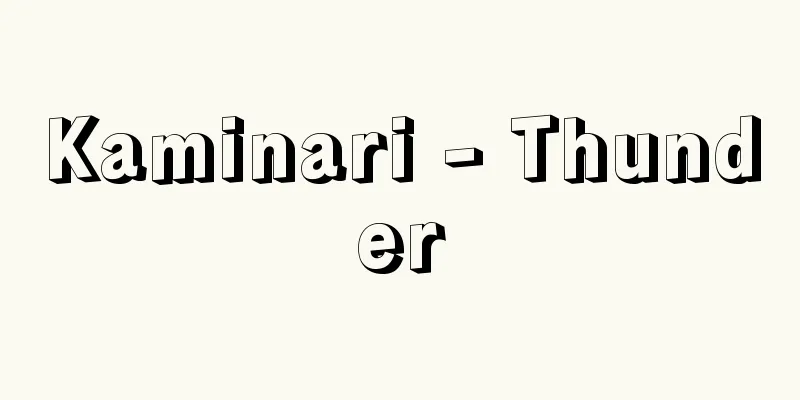Komon - Komon
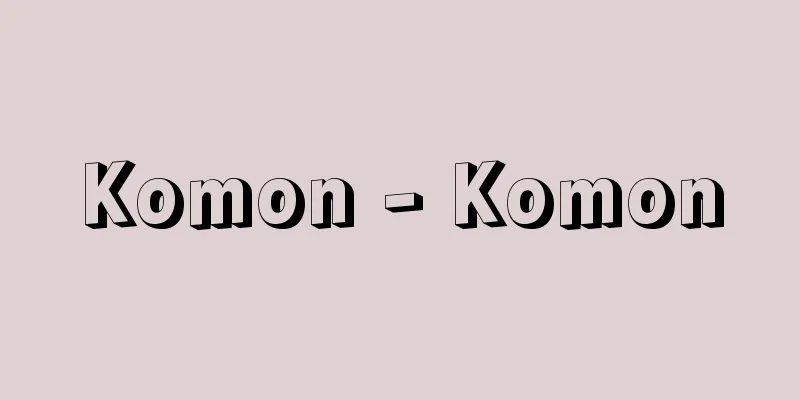
|
Komon, chugata, and ogata were originally names used to distinguish between large and small patterns, but although it is unclear when this began, chugata came to refer to yukata made of stencil-dyed cotton regardless of the size of the design, and komon came to collectively refer to silk fabrics that were stencil-dyed. Komon is made by pasting fabric onto a long board of high-quality fir wood, approximately 6.9 meters long, 0.45-0.48 meters wide, and 2.5-3 centimeters thick, and then applying a dye-resistant paste from one end to the other using a stencil. After the paste has dried, the fabric is dyed with a brush. Today, with the development of synthetic dyes, a paste called "shigoki" has been invented, and instead of the dyeing process, the fabric is stenciled and coated with a paste containing dye, which is then steamed to fix the dye, and then washed with water to remove all the paste. From a distance, Komon appears to be a plain, one-color dyed item, but when viewed up close, it is dyed with surprisingly intricate patterns. Perhaps this is in keeping with the modern people's sense of style and chic, or perhaps the wide range of uses for Komon, from everyday wear and fashion to semi-formal occasions such as tea ceremonies, has made it a popular item among modern people. There are two types of Komon patterns: those in the so-called Kamishimo Komon style, such as shark, through, gyogi, meshiju, chrysanthemum diamond, hail, and sesame pattern, and those of stylish designs that are said to have developed among common people, which are patterns of things they have heard or seen, such as texts, legends, tales, and tools, such as snow, moon, and flowers, and longevity. These are called by names such as Same Komon, Gyogi Komon, and Through Komon, which are based on the pattern, and by names such as Kiri-bori Komon, which is carved using a kiri carving technique on the stencil paper, and Dogu-bori Komon, which is carved using tools. In addition to the basic techniques mentioned above, there are other slightly more complicated techniques in Komon dyeing, such as Oborogata, Ebarai, and Tokiwa. (1) Oborogata: The dye-resistant paste is applied using a stencil, the base is dyed using a pull dye, and the base is dyed again using a stencil. Therefore, the base is dyed twice, and the colors are overlapped. Today, the dye-resistant paste is applied using a stencil, and then a colored dye-resistant paste is applied using another stencil, the base is dyed, steamed, and washed to finish. (2) E-harai: The pattern paste is applied by stenciling, the base is dyed by a dyeing method or by immersing in a jar, washed with water, stenciled again, dyed with a dye, and washed with water. Today, the process is stenciled, dyed with a dye, steamed, washed with water, stenciled again, dyed with a dye, steamed, washed with water, and finished. Iyo-zome is a good example of this. (3) Tokiwa: A pattern is drawn on a stencil with ink and brushed onto the fabric, then the same stencil is used to apply a dye-resistant paste slightly off-center from the brushed pattern, and the fabric is dyed. Today, the dye-resistant paste is applied using a stencil, and then a paste is applied using the same stencil slightly off-center from the pattern, and the fabric is pressed, steamed, and washed to finish. Originally, as mentioned above, there were kimono-style and commoner-style komon, and some kimono-style komon in particular could not be used as tomegara (patterned patterns). However, after the Meiji period, they became available for general use, and with the development of synthetic dyes, people could freely dye them in their favorite colors, further expanding the range of uses. The dyeing process has changed from the traditional brush-dyeing method using vegetable dyes and pigments to the emergence of synthetic dye paste, but the simple and stylish taste remains the defining feature of komon. In addition, when it comes to carving and dyeing komon patterns, the most difficult are shark komon and through komon, which appear simple and straightforward at first glance. Although these appear to be plain at first glance with their simple patterns, uneven carving and dyeing are easily noticeable, and they are considered to be useful for komon. [Nobuhiko Sugihara] "Dyeing Stencils" by Nobuhiko Sugihara (1968, Kyoto National Museum) [Reference] |Source: Shogakukan Encyclopedia Nipponica About Encyclopedia Nipponica Information | Legend |
|
小紋、中形、大形というのは、本来、模様の大小を区分した呼称であったが、いつのころからか明確でないが、図柄の大小にかかわらず木綿(もめん)に型染めした浴衣(ゆかた)のことを中形、型染めになる絹着尺のことを総称して小紋とよんでいる。 小紋は、良質の樅(もみ)材になる長さ約6.9メートル、幅0.45~0.48メートル、厚さ2.5~3センチメートルの長い板に生地を貼(は)り、端から順次型紙で防染糊(のり)を置き、糊が乾いてから染料を刷毛(はけ)で引染めしたものだが、今日では合成染料の発達から写し糊がくふうされ、「しごき」といって引染めのかわりに型付けした生地に染料の入った写し糊をしごき塗り、蒸して染料を定着させ、水洗いしてすべての糊を落として仕上げている。小紋は遠目には一色染めの無地物にみえ、近くで見ると驚くほどの細緻(さいち)な図柄が染められている。こうしたことが近代人の洒落(しゃれ)や粋(いき)な心に通じるのか、また普段着、洒落着から茶会などのセミフォーマルな場にも用いられ、その用途の幅の広さが受けるのか、近代人の広く愛用するところとなっている。小紋柄には、鮫(さめ)、通し、行儀(ぎょうぎ)、お召十(めしじゅう)、菊菱(きくびし)、霰(あられ)、胡麻柄(ごまがら)などのいわゆる裃(かみしも)小紋の系統のものと、雪月花、長寿など文字文や伝説、物語、諸道具など耳にするもの目にするものを模様化した、庶民の間に育ったものとされるしゃれた図柄の2系列がうかがえる。そしてそれらの呼称は、その柄ゆきからする鮫小紋、行儀小紋、通し小紋などの名称と、用いられた型紙の彫り技による錐(きり)彫りの錐小紋、道具彫りになる道具彫り小紋などの呼び方がある。 また小紋染めには以上のような基本的な手法のほかに、やや複雑な技法になる朧(おぼろ)型、絵払い、常盤(ときわ)などの手法がある。 (1)朧型 型紙により防染糊を置き、引染めして地を染め、ふたたび型付けして地染めをする。したがって地染めは二度となり、その色は重なったものとなる。今日では型付けにより防染糊を置き、さらに別の型で着色防染糊を置き、地染めをし、蒸し、水洗いして仕上げる。 (2)絵払い 型付けにより模様糊を置き、引染めによるか甕(かめ)に漬けて地を染め、水洗いし、ふたたび型付けして地染めし、水洗いする。今日では、型付けし地染めして蒸し、水洗いし、ふたたび型付け、地染め、蒸して水洗いして仕上げる。伊予染などがその好例である。 (3)常盤 型紙によって文様をカチン墨(ずみ)で刷毛摺(はけず)りして表し、同じ型紙をもって刷毛摺りした文様からすこしずらして防染糊を置き地染めする。今日では、型紙で防染糊を置き、その文様とすこしずらして同じ型紙で写し糊を置き、地染めのしごきをし、蒸して水洗いして仕上げる。 本来、小紋には前述のように裃系のものと庶民系のものがあり、とくに裃系のものは一般には留柄(とめがら)として使用できぬものがあった。しかし明治以降はすべて一般の用に供せられるようになるとともに、合成染料の発達により、好みの色が自由に染められるようになって、ますますその用途の幅を広げている。植物染料や顔料による旧来の刷毛による引染めから、合成染料による写し糊の出現によって染色加工法にはその変遷がうかがえるが、淡泊で粋な味わいは小紋の特質として変わらない。また、小紋の型を彫るにも染めるにも、一見単純にみえ、なんの曲もないようにみえる鮫小紋や通し小紋が、もっとも至難なものとされている。淡泊な柄ゆきの一見無地物にみえるこれらは、彫りむらや染めむらが目につきやすく、小紋の役物とされている。 [杉原信彦] 『杉原信彦著『染の型紙』(1968・京都国立博物館)』 [参照項目] |出典 小学館 日本大百科全書(ニッポニカ)日本大百科全書(ニッポニカ)について 情報 | 凡例 |
<<: Commonwealth - Commonwealth (English spelling)
Recommend
Kakubei - Kakubei
Kabuki dance. A dialogue of Tokiwazu and Nagauta....
Segaki - Segaki
Giving food and drink to hungry ghosts who have f...
Averroes - Averroes
The Latin name of Ibn Rushd. Source: About Shogaku...
planta
...A perennial plant of the Plantaginaceae family...
Paradise Nuts (English spelling)
The seeds of several species of the genus Lecythis...
Abenquebrole - Abenquebrole
…Jewish poet and philosopher, born in Malaga, And...
Electricity
In ancient times, they were officials sent from th...
Futabatei Shimei
Novelist. His real name was Hasegawa Tatsunosuke....
Meshida - Meshida
A summer-green fern of the Dryopteris family. The...
Mu'izzi (English spelling)
...This system was continued by the Ghaznavid and...
Sanbashiki Gorge
This gorge is located in the Kannagawa River in t...
Dream of the Red Chamber
A long vernacular (colloquial) novel from the Qia...
The New York Journal
An American tabloid newspaper. First published in ...
Gamma distribution - Gamma distribution
...Its density function is. (4) The Γ distributio...
Christaller, Walter
Born: April 21, 1893. [Died] March 9, 1969. German...

![Sue [village] - Sue](/upload/images/67cbf254bb507.webp)



